WARNING: This article contains SPOILERS for Deadpool 2.
–
Deadpool 2 would be massively improved if Vanessa didn’t die – especially since it means the sequel would avoid the women in refrigerators trope. Deadpool 2 hit theaters this weekend and the sequel to 20th Century Fox’s massively successful Deadpool has already proven to be a success. Reviews for Deadpool 2 are on the same level as the original, and the sequel is already breaking box office records. However, Deadpool 2 isn’t perfect.
One major criticism of the Deadpool sequel – and, if we’re being honest, its predecessor – is how it treats its female characters, particularly Vanessa Carlysle (Morena Baccarin). The first film ostensibly revolved around the love story of Vanessa and Wade Wilson (Ryan Reynolds), which ended with Vanessa accepting Wade’s new appearance and powers, and the pair getting back together. Deadpool 2 picks up with the couple still happily together and beginning to discuss starting a family. However, early on in the movie, Vanessa is killed by a stray bullet when their apartment is attacked.
Related: Deadpool 2’s End-Credits Scene Explained
Vanessa’s death is the inciting incident for Deadpool 2, sending Wade on the path to becoming an X-Men trainee and eventually confronting Cable (Josh Brolin) over the fate of the young mutant Russell Collins (Julian Dennison). However, Vanessa’s death actually drags down the sequel and further wastes the character, who, in the comics, is a mutant with shapeshifting abilities called Copycat. Deadpool 2 attempts to redeem the choice of killing the character by including an end-credits scene saving Vanessa, keeping her alive for future movies, but this coda proves her death wasn’t necessary. As a result, Deadpool 2 would have been greatly improved without Vanessa’s death in the first place.
Vanessa Didn’t Have to Die
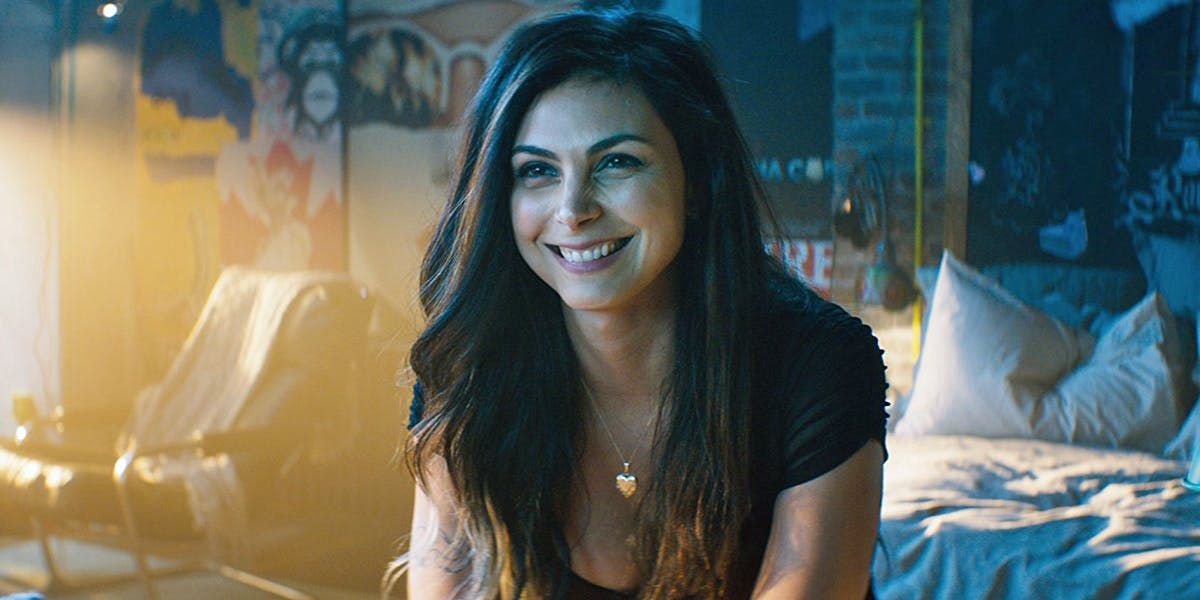
Yes, Vanessa’s death is key to setting Deadpool on the path that leads to the entire plot of the sequel. However, there are other ways to set up the storyline of Deadpool 2 that don’t involve killing off a main female character. In fact, in an interview with CBR, Deadpool 2 writers Rhett Reese and Paul Wernick (who penned the script with Reynolds) revealed that early drafts saw Vanessa break up with Wade. Certainly, a breakup can inspire similar feelings of grief to those displayed by Wade in the first act of Deadpool 2 and the ending would be the same, with Vanessa alive.
However, Vanessa wasn’t always supposed to be saved. The writers said the credits scenes were added later, and they weren’t part of the original plan. That means Deadpool 2 killed Vanessa and planned to leave her dead. This is an example of the Women in Refrigerators trope (more on that later). The trope is common in Hollywood, but neither its prevalence nor Deadpool 2‘s end-credits scene redeem the choice to kill Vanessa early on.
Instead, the writers decided the story necessitated Vanessa dying for Wade to be brought to his lowest point at the beginning of the sequel. The ensuing film sees Wade wrestle with immortality, with him wanting to join Vanessa in the afterlife, but needing to make sure his heart is in the right place. This inspires him to become an X-Men trainee, and then to save Russell from Cable, and finally to save Russell from himself. When Wade sacrifices himself for Russell at the end of the film, he’s finally allowed to reunite with Vanessa in the afterlife – but Cable uses his time-travel device to bring Wade back and save him.
Related: Deadpool 2’s Ending Explained
While Wade’s trips to the afterlife would have played out differently, or needed to be cut entirely, if Vanessa lived, Deadpool 2 could have employed some other storytelling technique to explore the psychological effect of Wade’s immortality on the antihero. Further, it isn’t necessary for Vanessa to die to set Wade on his path in Deadpool 2. Wade potentially becoming a father, and wanting to shape up in order to set a better example for his kid than his own father set for him, would be motivation enough to join the X-Men. It could also serve as motivation to save Russell.
Plus, Vanessa is saved in the Deadpool 2 end-credits scene, anyway. The movie’s end-credits scenes rewrite the timeline so that Vanessa lives, and due to the nature of time travel in Deadpool 2, the events of the film would still likely play out the same, or close to the same way. So, if the events of Deadpool 2 could be rewritten within the X-Men timeline and stay nearly the same, the movie itself could have been written without Vanessa dying. Essentially, Deadpool 2 didn’t have to kill off Vanessa for the movie to happen. And, in fact, Deadpool 2 would have been better without Vanessa’s death.
Next Page: Why Killing Vanessa Was A Bad Idea & How It’s Part of A Larger Problem
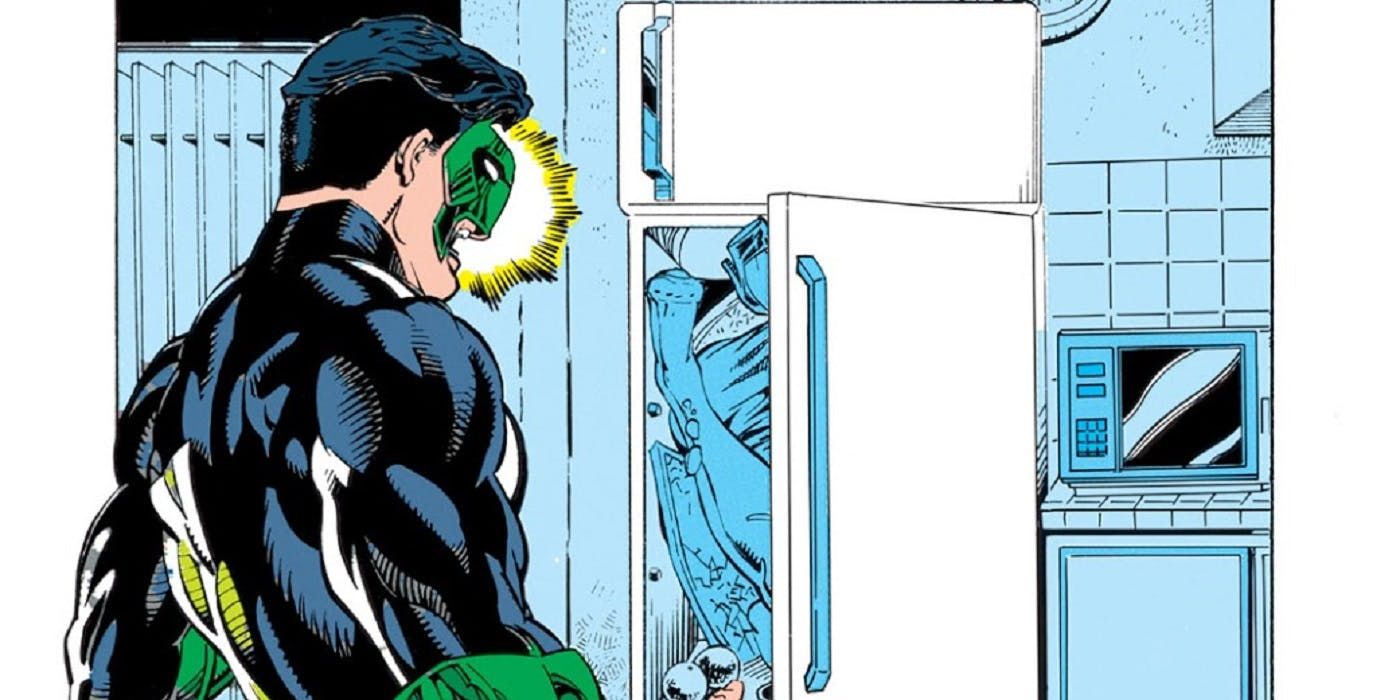
Why Killing Vanessa Was A Bad Idea
Deadpool 2 killing off Vanessa in the first act in order to further the plot of the film as well as Wade’s emotional arc is a classic case of fridging a female character. “Fridging” derives from the trope titled “Women in Refrigerators,” a term coined by DC Comics writer Gail Simone to highlight how often women are tortured, mutilated, de-powered or killed in comics to further the stories of male heroes. Women in Refrigerators specifically refers to a particular Green Lantern comic book storyline in which the hero’s love interest was killed and stuffed in a fridge, to be found later by the hero. Though the term was originally coined in reference to comic books, it’s been applied to all kinds of media, like movies and television.
Fridging a female character is often called out for being a sexist and clichéd story decision – and rightly so. The storytelling device of killing (or otherwise harming) a female character in order to further the emotional arc of a male character is so prevalent that it’s been named, making it cliché and overused. Further, the trope is called out as sexist because it treats a female character as an object, an object to be used however the story deems fit. To have a female character killed only so that the male hero can grieve for her takes away any agency she might have and dehumanizes her to the point of being a simple story beat rather than a fully realized character.
Related: X-Force Was Wasted In Deadpool 2
In the case of Deadpool 2, the choice to fridge its main female character is especially egregious. Vanessa is ostensibly supposed to be at the heart of the emotional arcs in both Deadpool and Deadpool 2. But in actuality, Vanessa is a one-dimensional stock character used to further Wade’s arcs. In Deadpool, the entire conflict in Wade and Vanessa’s relationship is the result of Wade’s inner turmoil, first about his cancer, then his scarred face. Vanessa accepts Wade at the end, but there’s no reason to think she wouldn’t have accepted him earlier – Wade only assumed she wouldn’t.
In Deadpool 2, Wade wants to reunite with Vanessa, but he can’t until he’s proven himself worthy of joining her in the afterlife. Here, Vanessa represents an ideal for Wade. He cannot be happy without her because he loves her, but she’s little more than a Star Wars-referencing one-dimensional love interest, which is why her being killed feels so cheap. Viewers are told that Vanessa and Wade have a healthy, loving, two-sided relationship, but we only really see Wade’s side. Neither Deadpool nor Deadpool 2 offer any real insight into Vanessa beyond her existence in Wade’s life. So, when she’s killed, that lack of development leads to her death only operating as an extension of Wade’s storyline, which is the definition of fridging.
Further, the nature of Deadpool’s character, who often references pop culture and pokes fun at his own movies, makes the lack of self-awareness regarding the film fridging Vanessa especially glaring. But, that plays into a larger problem in Hollywood, one of which Deadpool 2 is a symptom.
Vanessa’s Death Is Part of A Larger Problem
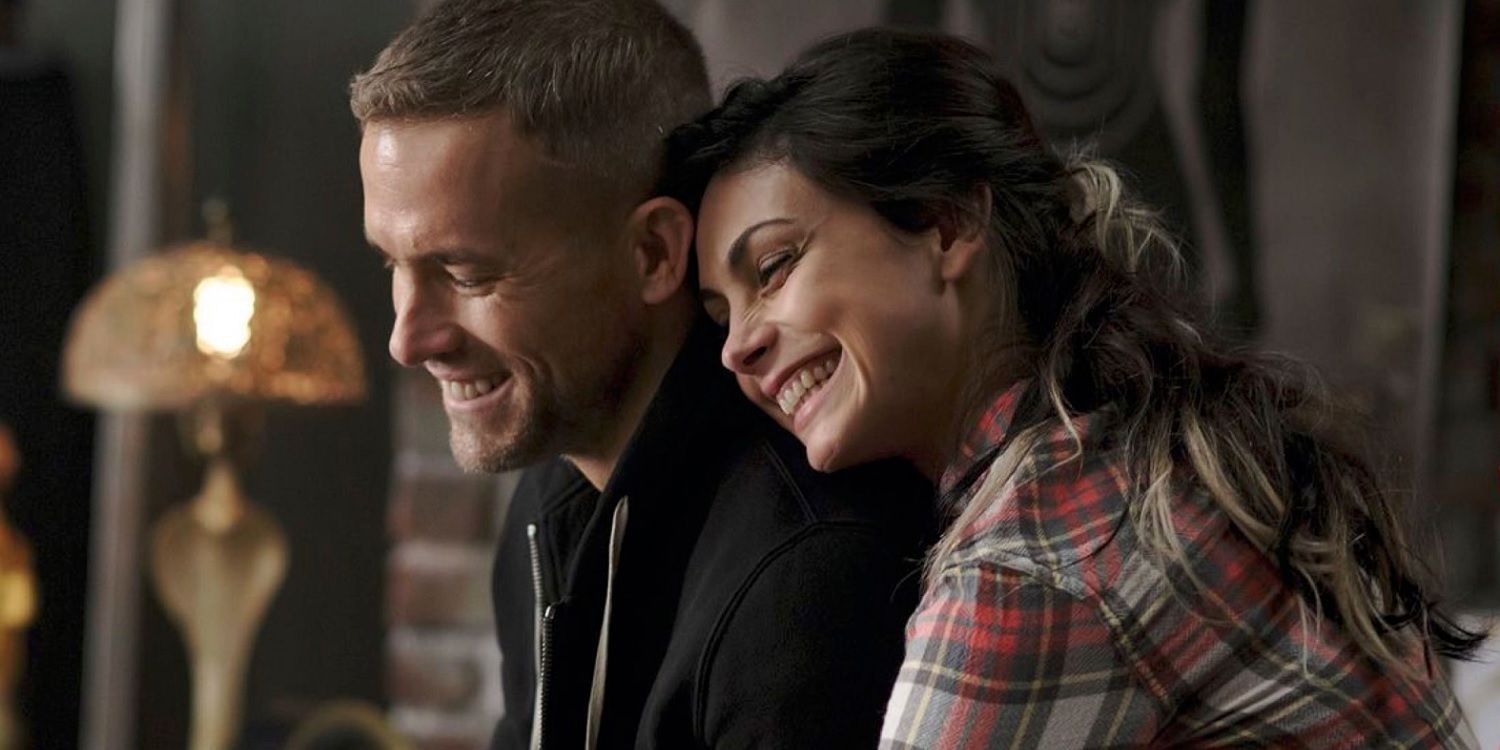
Ultimately Deadpool 2 isn’t the only film to have fridged a female character – it’s not even the first film released this year to have fridged a female character. However, it plays into the larger issue of knowledge regarding representation both in front of and behind the camera. In fact, in an interview with Vulture, writers Rhett Reese and Paul Wernick admitted they had no knowledge of what the term fridging means. When asked about whether they were worried the decision to kill Vanessa would be criticized, Reese said:
I would say no, we didn’t even think about it. And that was maybe our mistake, not to think about it. But it didn’t really even occur to us. We didn’t know what fridging was. … And maybe that’s a sexist thing. I don’t know. And maybe some women will have an issue with that. I don’t know. I don’t think that that’ll be a large concern, but it didn’t even really occur to us.
Fridging and Women in Refrigerators may not be terms that the average moviegoing audience are aware of, but those involved in any media industry should be knowledgable about them. The fact that it didn’t occur to Reese, Wernick and Reynolds goes to show how important it can be for writers and filmmakers to be knowledgable of the larger landscape in which the media they’re creating exists. Of course, it may also help to have more women involved behind the scenes, but the responsibility of making sure female characters are fully developed, with well-plotted arcs shouldn’t fall to women creatives.
Related: Did Deadpool 2 Alter TJ Miller’s Role?
Unfortunately, it doesn’t seem to be the case that male creatives are aware of what it means for a female character to have a fully realized arc. In their interview with CBR about Deadpool 2, Wernick stated Vanessa’s “story has a beginning, middle, and end,” but in no way does Vanessa have a full character arc in either movie or across both films. Essentially, her arc across the two movies is that she dates Wade, she continues dating Wade once he reveals himself to be alive, and she dies in Wade’s arms (shortly after deciding she wants to have kids – with Wade). That’s not a character arc; it’s using a female character to further the male hero’s story in whatever way the writers want.
But again, Deadpool 2 is just one symptom of the larger problem. In the last year alone, big blockbusters like Pacific Rim Uprising, Kingsman: The Golden Circle, and The Mummy all fridged female characters. Still, due to Deadpool 2‘s self-awareness and references to the larger landscape of popular culture, it was uniquely positioned to comment on Women in Refrigerators. So that fact that it played directly into the trope, rather than offered commentary on the trope, is especially glaring. Further, since the movie’s story could have proceeded without killing Vanessa in the first place, changing this one aspect of Deadpool 2 would have massively improved it.
Next: There Probably Won’t Be A Deadpool 3 Any Time Soon
Key Release Dates
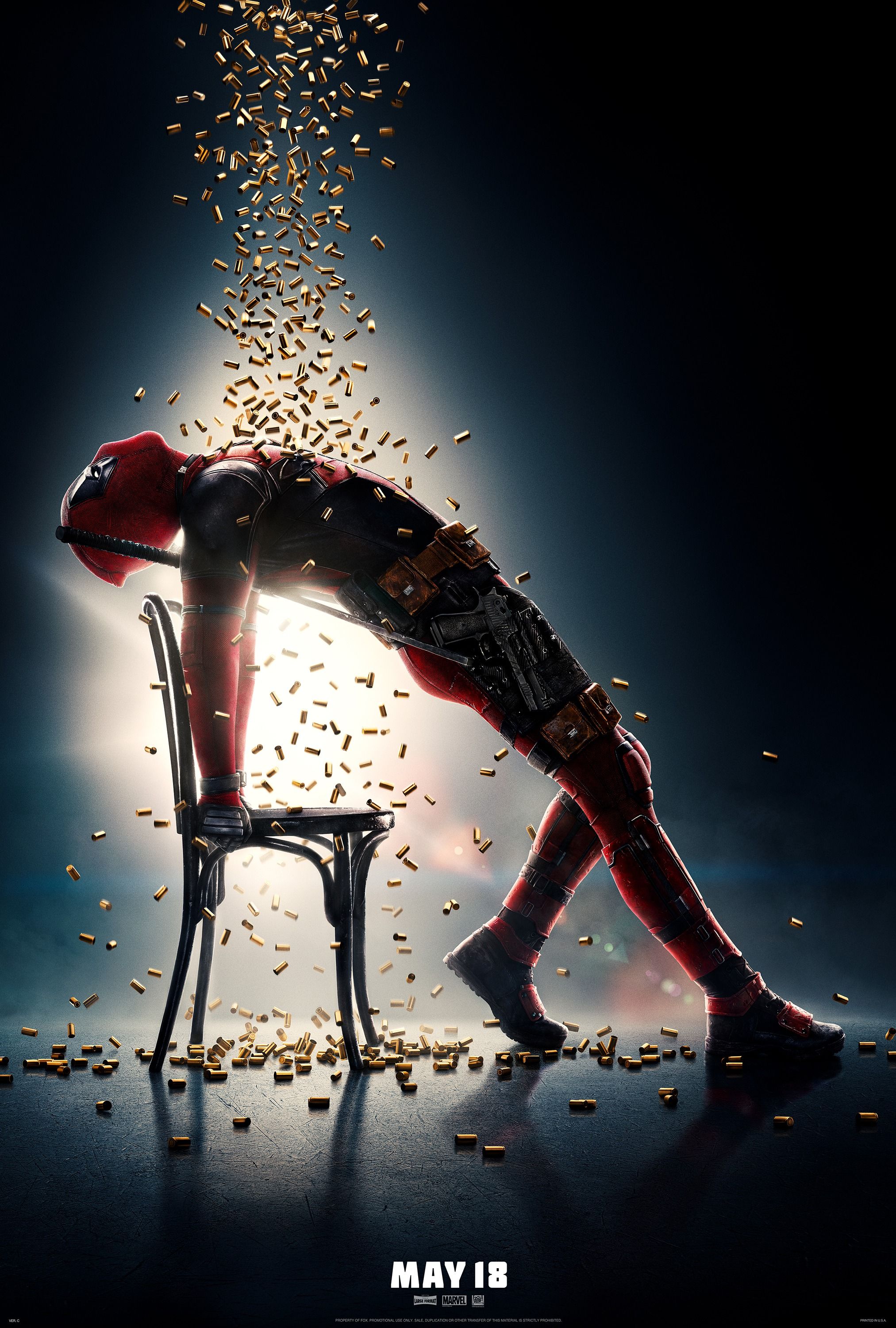
Deadpool 2
Release Date:2018-05-18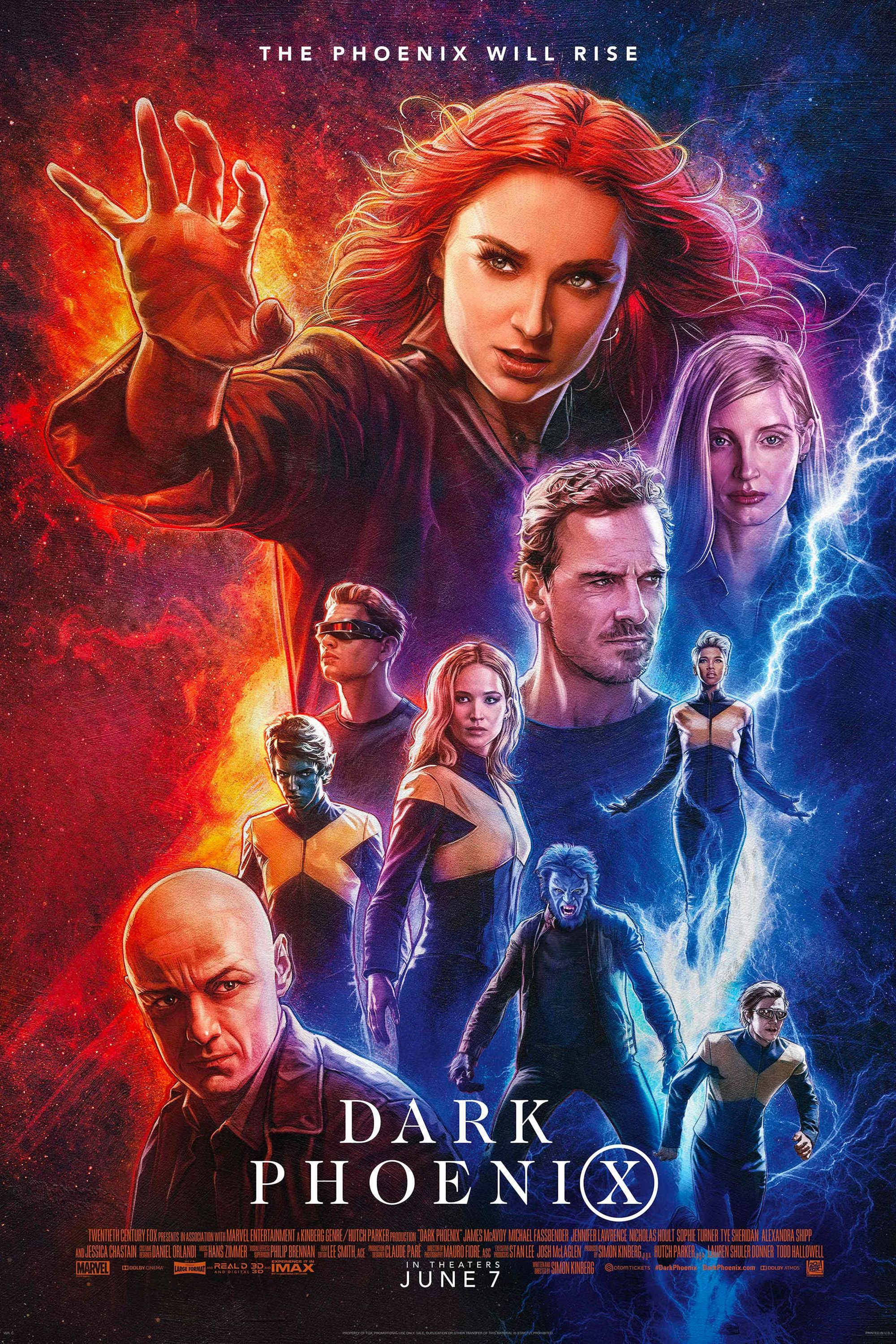
X-Men: Dark Phoenix
Release Date:2019-06-07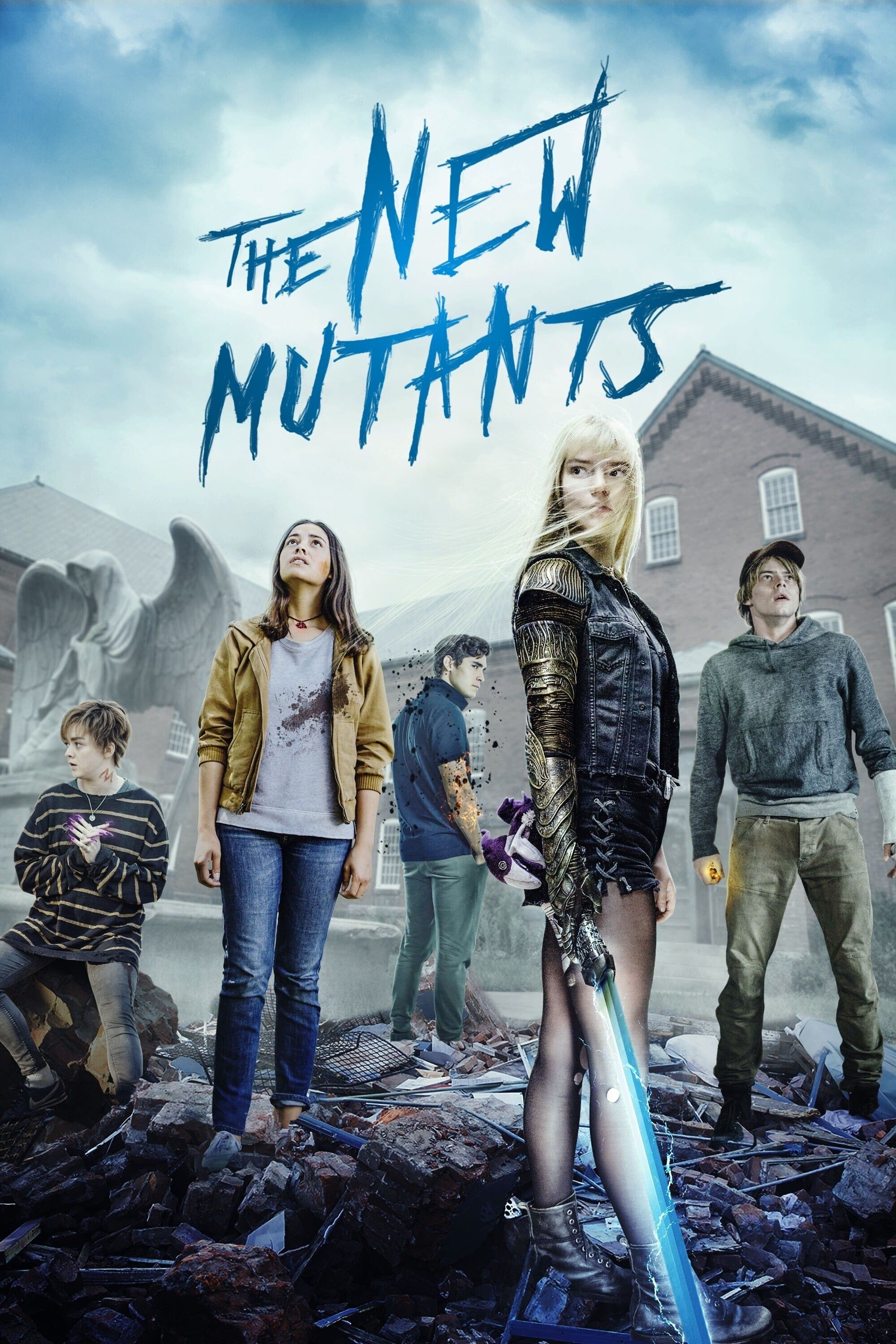
New Mutants
Release Date:2020-08-28




